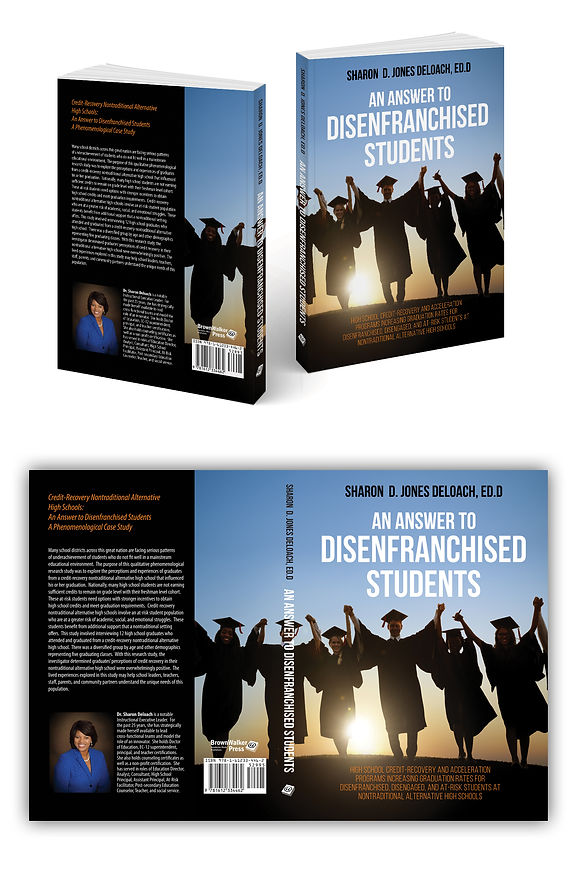
Instructional
Leadership
Consulting
Let's Create
Effective . Sustainable . Measurable . Systems
254-721-7889


Copyright ©2016 Future Achievement International®
Maximizing Leadership Performance,
Productivity and Team Efficiency.
An assessment tool measuring leadership
competencies, behavior, and character.

Single $74.99




The rising movement of nontraditional alternative schools has significant value on breaking the cycle of inequality and inequity. Each year an average of 1.2 million students drop out of school, tantamount to one student every 26 seconds (Dessoff, 2009). Scholars suggested students nationwide disengage in useful learning, which results in falling behind academically and failing to earn enough credits toward grade promotion (Merrifield, Warne, Bentsen, O’Sullivan, & Barnett, 2013). Nationally, ninth grade students earning too few credits and failing to pass to the 10th grade are at risk of dropping out (Lloyd, 2007; Rumberger, 2011), as these students are more likely to experience repeated academic frustration and failure, and display behavior problems (Gable, Bullock, & Evans, 2006). In many school districts, the traditional high school experience is simply counterproductive for some students.
Given, the previously mentioned information, educators and administrators face pressures to help students remain in school and graduate.Keller (2014), Iachini, Buettner, Anderson- Butcher, & Reno (2013), McIntyre-Bhatty (2008), share traditional state schooling may not be right answer for most students given the limited success and great expenses associated with it. Given national and local guiding principles stating the need to educate all our children, it seems reasonable to give alternative education methods a chance when they are proving repeatedly to work better than traditional state schooling which is carrying the bulk of the burden.